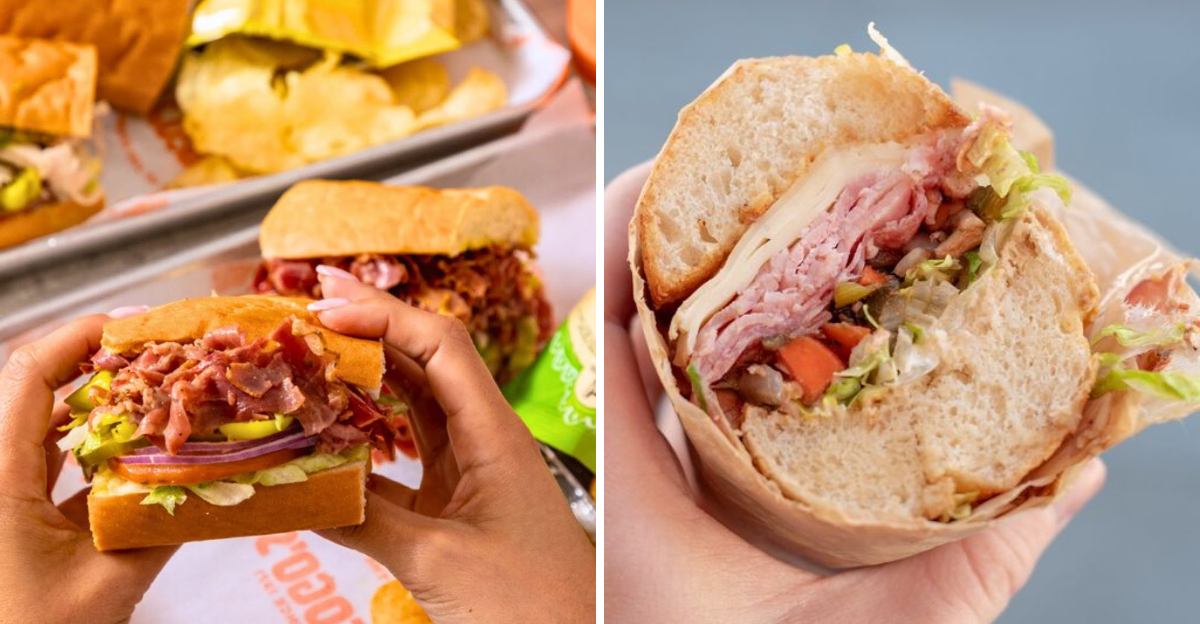20 Common Mistakes People Make At A Steakhouse That Wreck The Experience
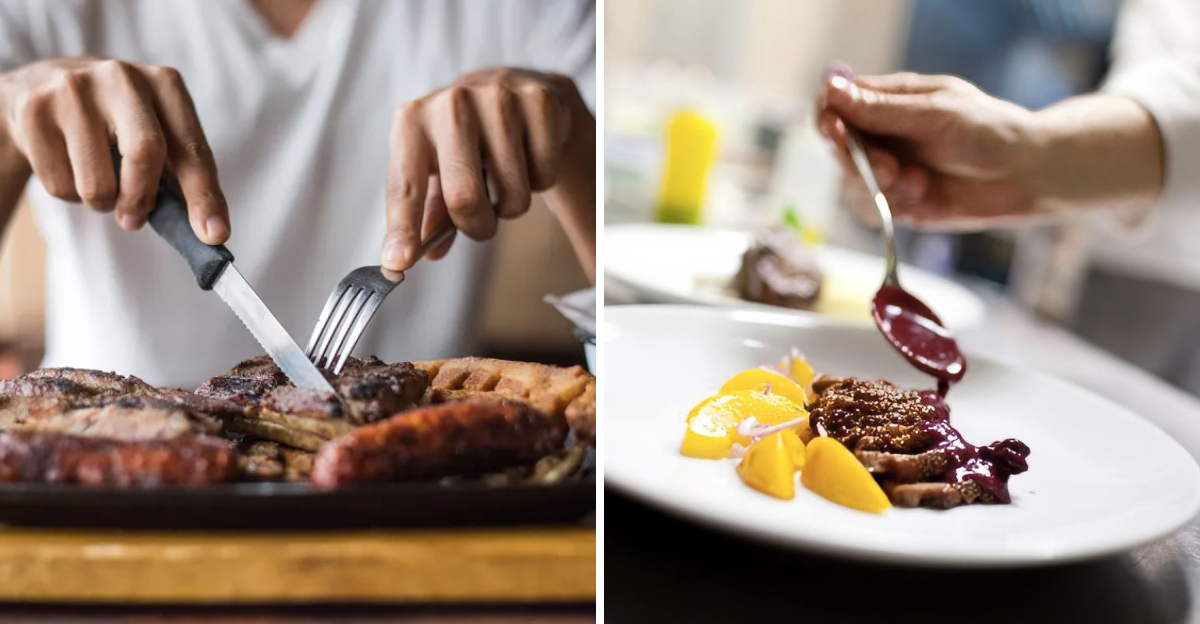
You booked a table for that big night out, but one or two small missteps can quietly derail the entire steakhouse experience. The best meals are not just about the cut or the cook, they are about timing, balance, and setting expectations. This guide shows the easy-to-miss mistakes that leave flavor and joy on the table. Follow these fixes and you will leave satisfied, not second guessing your order or the bill.
1. Not reserving—and then blaming the wait

Nothing sours a night faster than arriving at peak hour with no reservation and turning frustration into a self made crisis. Popular steakhouses plan their book like air traffic control, so walk ins often get long waits or bar seats only. Book ahead and arrive 5 to 10 minutes early to lock in a smoother start.
If plans change, call. A quick heads up can save your spot and win goodwill. When you respect the schedule, the staff can pace your meal right from the first pour.
2. Skipping the host stand notes

Glide past the host without sharing needs and you set the kitchen up to guess. Allergies, special occasions, and pacing preferences shape how courses are timed and garnishes are handled. A quick, clear mention at check in can prevent delays or awkward mid meal adjustments.
Tell them if you want a slow, lingering dinner or a tight schedule before a show. If someone has dietary needs, flag them early so substitutions are seamless. Communication upfront keeps the evening steady and stress free.
3. Ordering the most expensive cut by default

Price does not guarantee the flavor you crave. The ribeye is rich and beefy, the strip is balanced, the filet is tender but mild, and hanger or skirt bring bold character. Choose for taste first, not bragging rights.
Ask your server about today’s best marbling and sourcing. You will likely spend smarter and enjoy more. Matching cut to palate turns a good steak into a great one.
4. Asking for well-done then lamenting dryness
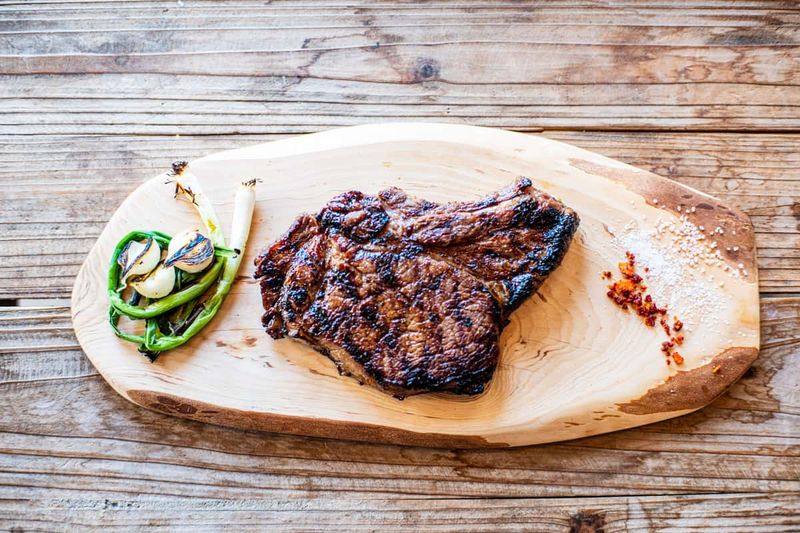
High doneness squeezes moisture out of lean cuts, leaving a predictable dryness. If you prefer less pink, pick a thicker, fattier cut like ribeye that stays juicy even when cooked longer. Consider ordering medium and asking for a hot plate to keep bites warm.
Clarify expectations about center color with your server. You get the texture you want without sacrificing flavor. Fat and thickness are your allies when chasing more doneness.
5. Saucing before tasting

Drowning a steak in sauce before a single bite buries the chef’s seasoning and char. Taste it plain first to see what the kitchen accomplished. Then add a restrained spoon of sauce or a pat of compound butter if you want extra richness.
Balance is key. You can always add more, but you cannot take it back. Let the meat speak, then fine tune to your preference.
6. Choosing a giant steak when you wanted sides and starters

A hulking steak crowds your appetite and sidelines the classics you came to enjoy. If you love sides and appetizers, order a modest cut or split a larger steak. You will taste more without slipping into food fatigue.
Balancing portions keeps flavors lively from first bite to last. Share intentionally and leave room for a satisfying finish. Variety beats volume every time.
7. Ignoring butcher’s cuts and specials

Headliners get all the attention, but butcher’s cuts and nightly specials often carry the best marbling and value. Ask what the kitchen is excited about right now. Age, source, and trim can eclipse the usual suspects.
Going off menu shows trust and curiosity. You may discover a house favorite with better flavor for less money. Let the team guide you to the sleeper hits.
8. Not letting the steak rest

Cut too soon and the juices flood the plate instead of soaking the meat. Resting for 3 to 5 minutes stabilizes temperature and keeps each slice succulent. Patience delivers a noticeably juicier result.
If the steak arrives blazing hot, chat for a minute and sip your wine. Then carve. Your reward is a tender bite from edge to center.
9. Cutting the whole steak at once

Turning the steak into bite sized squares all at once leaks heat and moisture quickly. Slice as you go to keep each piece warm and juicy. It also preserves crust texture instead of softening it prematurely.
Work across the grain in small sections. The last bite should taste as lively as the first. Slow and steady wins this race.
10. Using a dull table knife like a saw
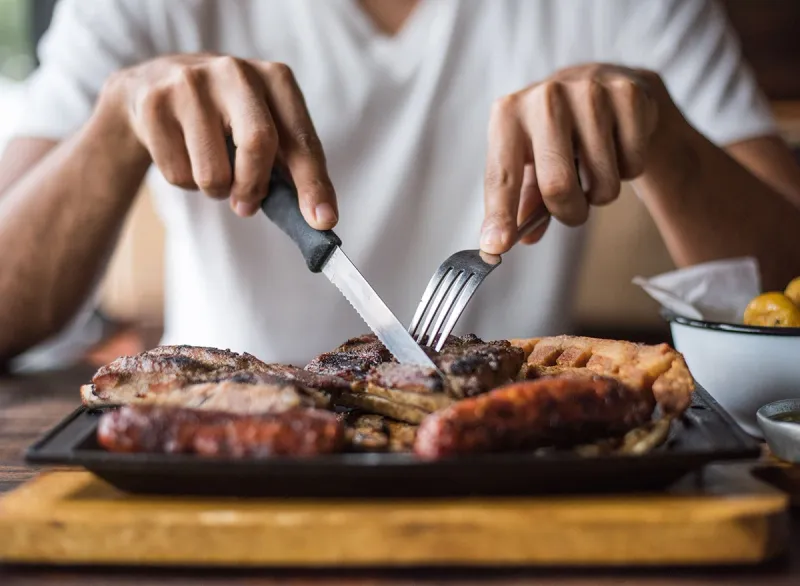
Scraping back and forth with a dull knife shreds fibers and ruins presentation. Ask for a sharper steak knife and use short, confident strokes across the grain. Your bites will feel more tender without changing doneness.
Good tools matter. Restaurants expect the request and will not judge. Precision cutting elevates every mouthful.
11. Ordering sides that fight your steak

A table of heavy sides can overwhelm even a great steak. Pair one rich dish like creamed spinach or potatoes with one bright option such as a salad or grilled vegetables. Contrast refreshes your palate between bites.
Ask which sides the kitchen seasons with acid or herbs. That zing makes the steak pop. Balance beats bloat every time.
12. Neglecting salt and acid at the table

Even well seasoned steaks benefit from a final touch. A pinch of flaky salt heightens crust, while a squeeze of lemon over greens or veg brightens every bite. You get definition without overpowering the meat.
Taste first, then finish to preference. Small tweaks create restaurant level clarity. Keep it light and intentional.
13. Overloading the table with bread and appetizers

Front loading on bread and multiple starters steals appetite from the main event. Share one focused appetizer and keep bread in check. You will enjoy the steak’s depth instead of slogging through fullness.
Pacing matters. Order in stages so the kitchen can time the grill perfectly. Save room for the flavors you actually came for.
14. Choosing the wrong doneness language

Medium rare means different things from house to house. Confirm how the kitchen defines warm red, warm pink, or medium. If you care about precision, say warm red center or similar language to remove doubt.
Clarifying saves you from surprises and send backs. You get exactly what you pictured. Better words equal better bites.
15. Forgetting to specify no butter

Many steakhouses finish steaks with butter for shine and richness. If you want a lighter profile or have dietary needs, ask for no finish butter. The kitchen will adjust without fuss.
This one detail changes mouthfeel and perceived heaviness. You still get a great sear and seasoning. Say it once and enjoy a cleaner bite.
16. Ordering wine that clashes with the cut

Wine either lifts the steak or muddies it. Fatty ribeye loves structured tannins like cabernet or Bordeaux, while lean filet plays better with softer reds or peppery syrah. Ask the sommelier for a pairing that matches fat and spice.
Balance body with body and texture with texture. The right glass sharpens flavor and extends enjoyment. Let the wine work for you.
17. Micromanaging the server or rushing the pacing

Hovering over timing and checks creates friction that echoes through the kitchen. State your goal once, like unhurried or theater in 90 minutes, then trust the flow. Professionals will hit your marks if given room.
Clear expectations reduce stress on both sides. You enjoy the night instead of clock watching. Collaboration beats control.
18. Sending back a properly cooked steak due to second thoughts

Changing your mind after the first bite is not the same as a kitchen error. If doneness is truly off, speak up early and politely. Otherwise, own the choice and enjoy the cut you selected.
Staff want you happy, but unnecessary send backs disrupt service and quality. Decide confidently by clarifying terms up front. Communication prevents regret and waste.
19. Letting sides go cold while photographing everything

Steak and sides have a narrow window of peak texture. Spend minutes staging photos and you lose crisp edges and warmth. Take one quick shot if you must, then dig in while everything is perfect.
Memories taste better than cold fries. Prioritize the bite over the post. Flavor fades faster than you think.
20. Skipping dessert or coffee that ties the meal together
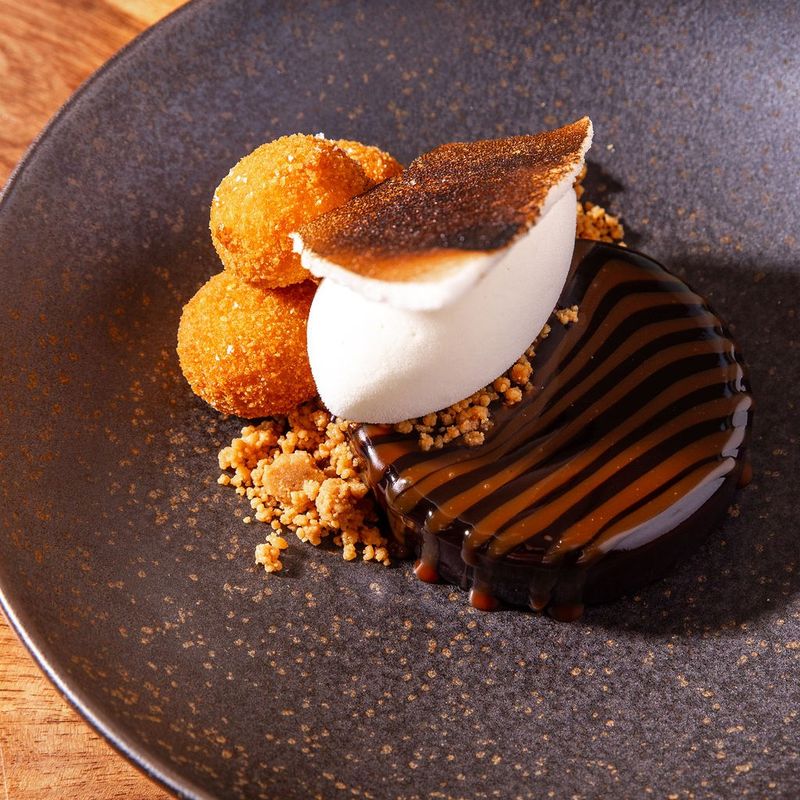
Ending abruptly can feel like a missed landing. Share one dessert or go for an after dinner coffee or tea to reset your palate. A small sweet or a balanced brew rounds the experience without overdoing it.
Ask for something lighter if you are full. It closes the night with intention and calm. You leave satisfied instead of sluggish.

